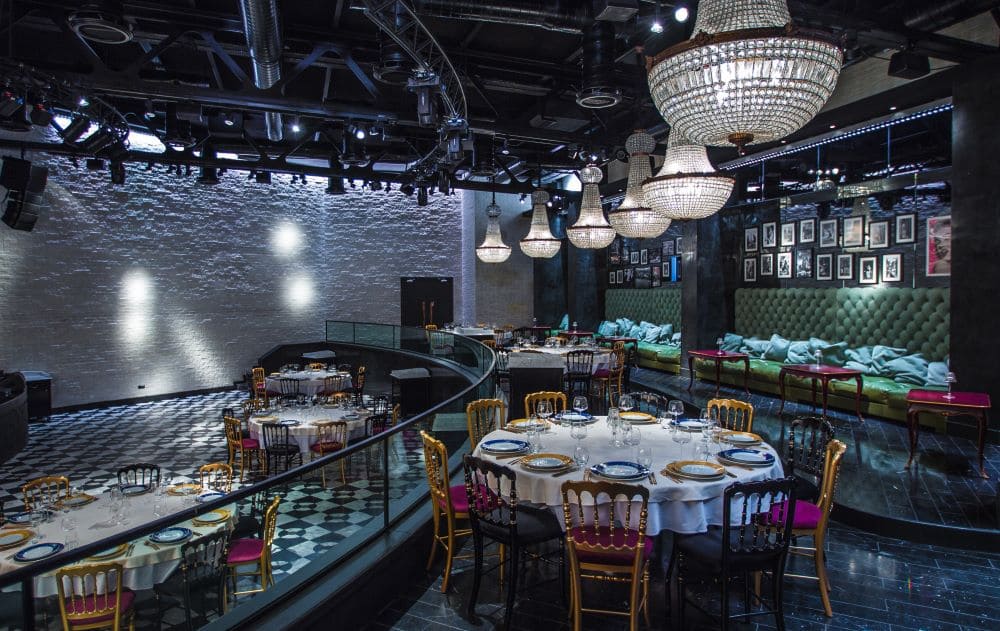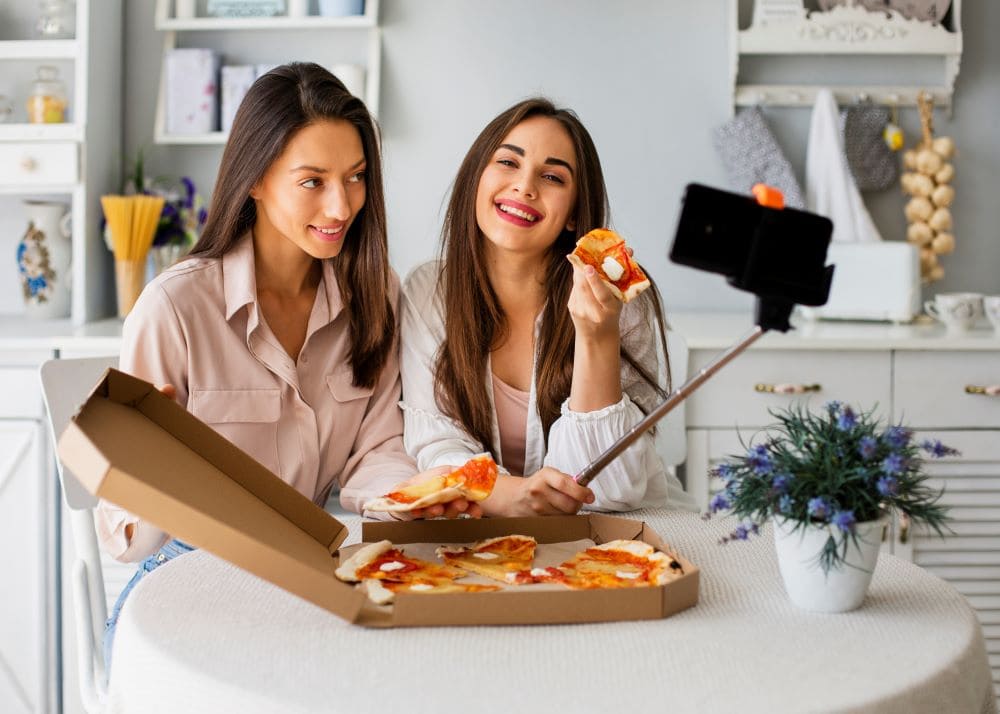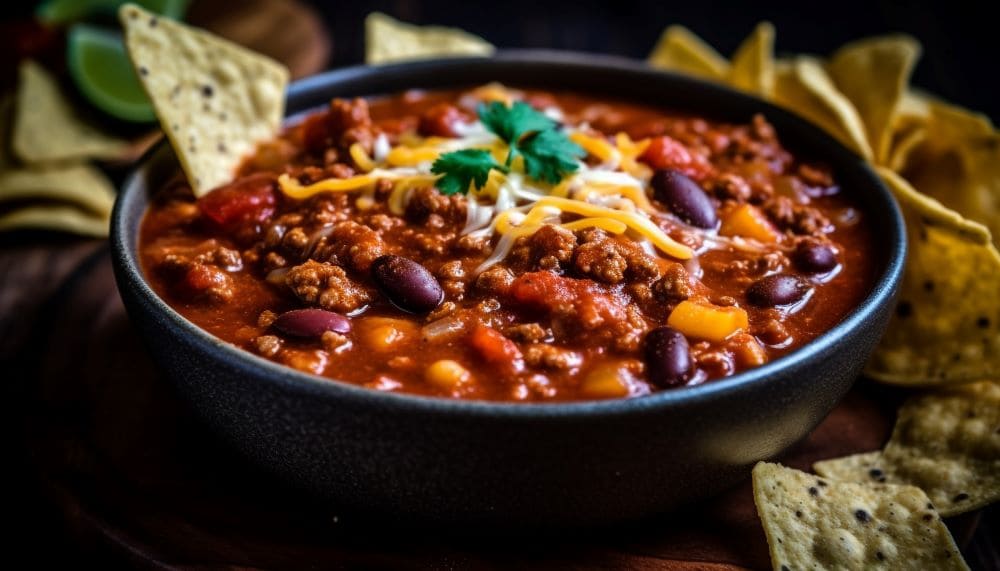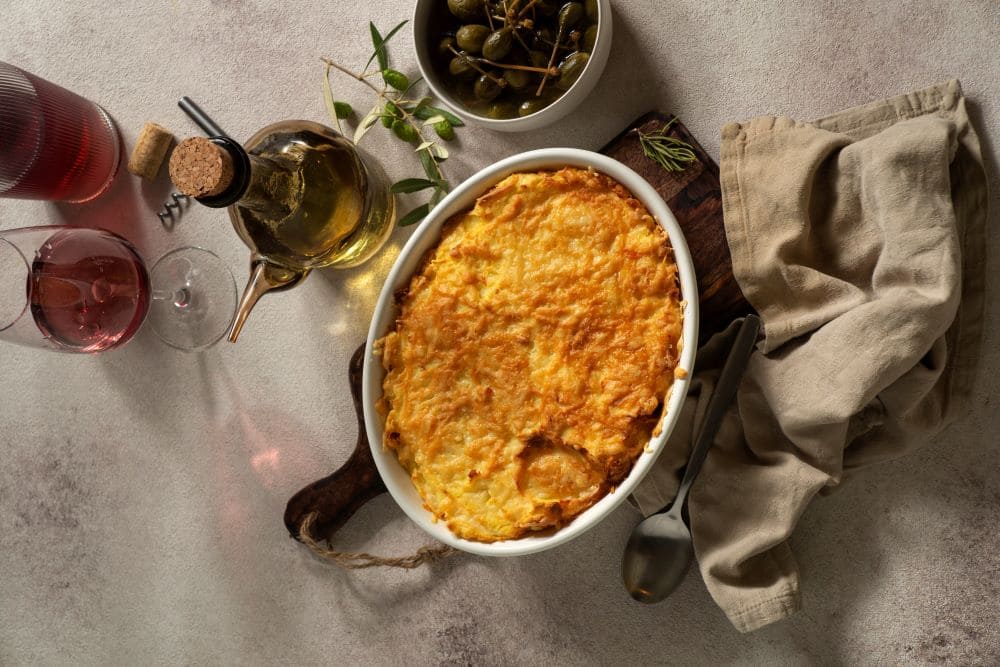
Virtual dining is a business model in the restaurant industry where food brands operate as delivery-only kitchens, often through popular delivery platforms like UberEats, DoorDash, or Grubhub. Unlike traditional restaurants, virtual dining brands don’t have a physical space where customers can dine in. Instead, they exist solely online and rely on “ghost kitchens” or existing restaurant kitchens to prepare and deliver meals.
Here’s how virtual dining typically works:
- Virtual Brands: Companies or restaurateurs create new food brands that exist only online. These can range from niche, experimental cuisines to trendy comfort foods. Some well-known examples are MrBeast Burger and Mariah’s Cookies.
- Ghost Kitchens or Existing Kitchens: These brands use kitchens without a dine-in option. Sometimes existing restaurants offer their kitchens for multiple brands to operate from, expanding their menu offerings without expanding their physical footprint.
- Delivery Platforms: Virtual dining brands rely heavily on delivery apps, such as UberEats, Grubhub, and DoorDash, to reach customers, handle logistics, and manage the customer experience.
- Efficient Scaling: Since there’s no physical dine-in space, virtual dining brands can scale rapidly by partnering with various kitchens across locations.
- Flexible Branding and Marketing: These brands often leverage social media and influencer marketing to target specific audiences quickly, adjusting their menus or concepts based on current food trends.
Why is Virtual Dining Popular?
Virtual dining has gained popularity because it meets the demand for convenience, variety, and contactless delivery, which surged during the COVID-19 pandemic. For restaurateurs, it provides a low-risk, scalable way to try out new brands or concepts without the expense of opening new locations.







